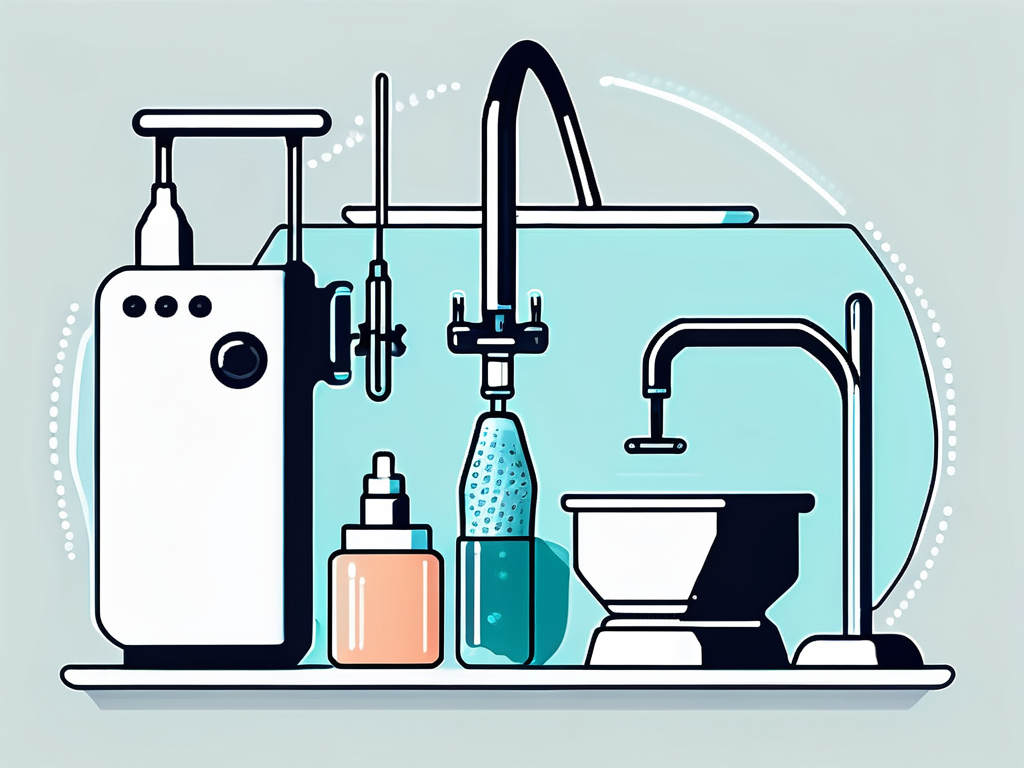Orthodontic tools are crucial for keeping your teeth aligned post-braces treatment. However, just like your teeth, these devices can gather plaque and bacteria over time, potentially causing bad breath and other dental concerns. Regular maintenance is key to ensuring these tools remain fresh and hygienic. This article will highlight the top five methods to maintain them effectively.
1. Ultrasonic Cleaners
Ultrasonic cleaners are a favored choice due to their ability to dislodge stubborn debris and bacteria. These units operate using high-frequency sound waves to generate microscopic bubbles that scrub the buildup off your orthodontic device. To operate, simply add a recommended cleaning solution, place the device inside, and let the machine work its magic. In minutes, your tool will be spotless and ready for use.

The Benefits of Ultrasonic Cleaners
A major benefit of using ultrasonic cleaners is their capacity to cleanse even the smallest spaces, ensuring comprehensive care. These devices are also gentle, preventing damage from rough handling or harsh solutions. Moreover, they are efficient, freeing up your time for other activities.
Important Considerations
Although highly effective, it is important to adhere to the manufacturer's guidelines before using ultrasonic devices. Compatibility with specific types of orthodontic tools is essential. Moreover, it is necessary to rinse the device thoroughly after use to eliminate any residual solution.
2. Brushing
A straightforward and efficient approach involves using a soft-bristle toothbrush and mild soap or toothpaste. Thoroughly scrub all parts, including any metal or plastic components. Regular rinsing under water ensures no residue remains. Implementing this method daily, especially after meals, can prevent plaque buildup and maintain freshness.
Choosing the Right Toothbrush
For this task, a soft-bristle toothbrush is ideal to avoid scratches and damage. It's advisable to use a separate brush exclusively for your orthodontic tool to avoid cross-contamination.
Using Mild Soap or Toothpaste
Steer clear of harsh chemicals and abrasive toothpastes, as these can damage the material. A gentle soap or toothpaste works best, applied in circular motions for a thorough wash.
3. Soaking
Soaking is a reliable method for tackling stubborn stains and bacteria. Various solutions can be employed, such as denture cleaning tablets, a vinegar mix, or a baking soda paste.
Denture Cleaning Tablets
These tablets are a convenient option. Dissolve one in water as directed and immerse the device for about 15-30 minutes. Always rinse well afterward.
Vinegar Solution
Mix equal parts of white vinegar and water for a natural cleaning solution. Let the device soak for 15-30 minutes, then rinse well to remove the vinegar smell.
Baking Soda Paste
Baking soda can be mixed with a little water to create a paste. Apply it across the device and leave it for about 15-20 minutes. This method helps eliminate stains and neutralize odors.
4. Cleaning Tablets
Over-the-counter cleaning tablets are formulated specifically for orthodontic tools. They are simple to use; just dissolve in water and soak the device as instructed. These tablets are effective in removing plaque, bacteria, and odors.

Choosing the Right Cleaning Tablets
Select tablets that come recommended by a dental professional, ensuring they're suitable for your specific orthodontic tool. Always follow the provided instructions and rinse thoroughly post-soaking.













